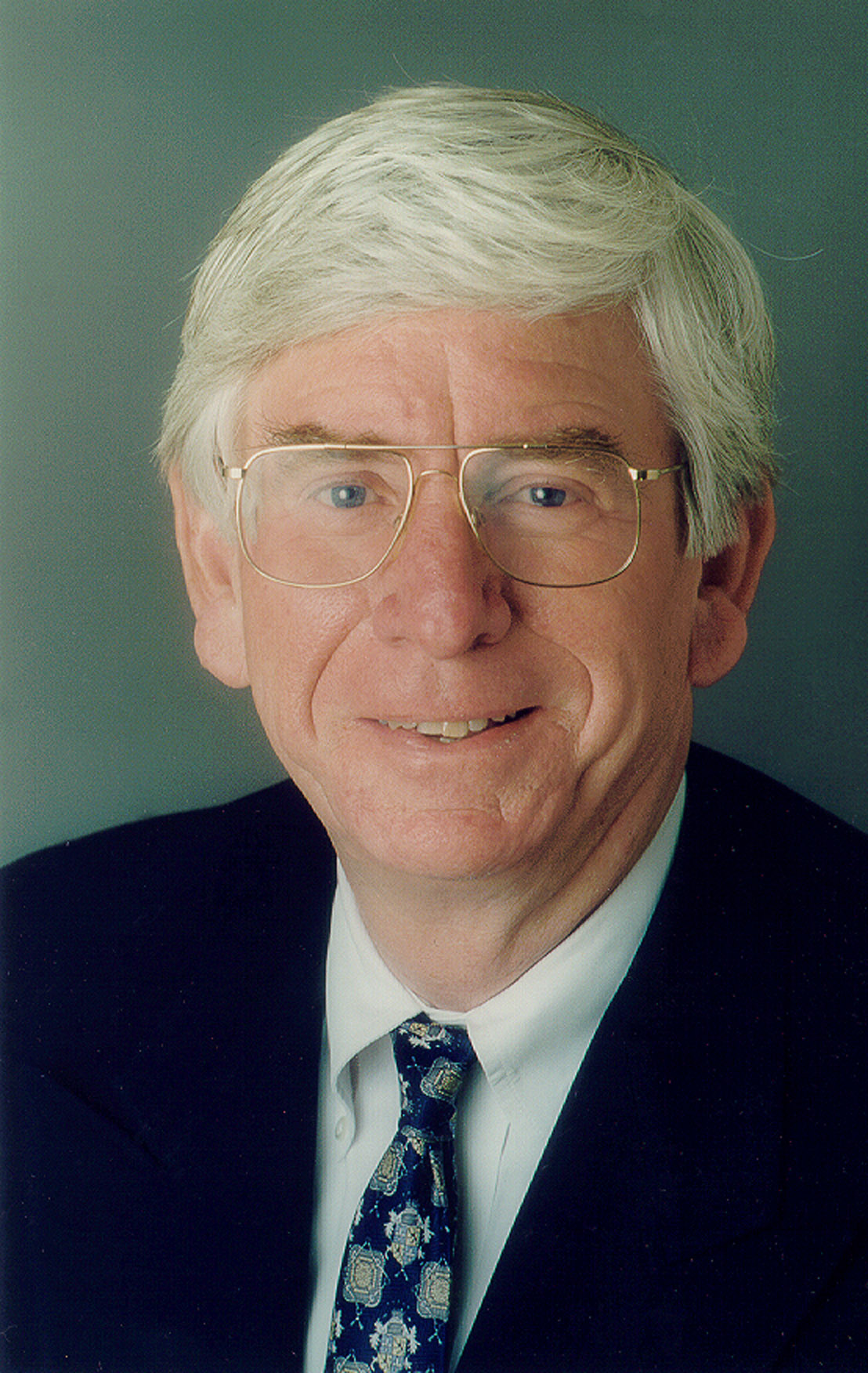Thornton Tomasetti, the international engineering firm, announces that Founding Principal Charles H. Thornton, Ph.D., P.E., Hon. AIA, Hon. ASCE, NAE is among five individuals being honored by the American Society of Civil Engineers’ Outstanding Projects and Leaders (OPAL) program for their lifetime achievements. The award will be presented at a black-tie gala at the Renaissance Arlington Capital View Hotel, Arlington, Va. on March 21.
The OPAL Lifetime Achievement Award is given to civil engineers who “represent a model of achievement to which future generations of engineers aspire to match or exceed.”
Thornton is being honored for his numerous contributions to the field of design. Regarded as one of the world’s preeminent structural engineers and educators, Thornton has been involved in the design, construction and analysis of projects around the world, many of which have set industry standards for innovation and creativity.
His signature projects include the Northwestern Atrium Center (now the Citigroup Center), United Airlines Terminal One at O’Hare Airport and United Center/Bulls and Blackhawks Arena, all in Chicago, Ill.; the Chifley Tower in Sydney, Australia; Tampa City Center in Tampa, Florida;; American Airlines superbay hangars in Los Angeles and San Francisco, Calif.; and the Petronas Twin Towers in Kuala Lumpur, Malaysia.
Thornton, currently chairman of Charles H. Thornton & Company LLC, Straam Inc. and AECOS, Ltd., is a founding principal and former co-chairman of Thornton Tomasetti. He currently serves as a consultant to Thornton Tomasetti.
Thornton is the founder of the ACE Mentor Program, which he established in 1993. ACE has offered guidance to more than 40,000 inner-city high school students in 106 cities around the country and has acquainted these students with the challenges and rewards offered by careers in architecture, engineering and construction. Thus far it has awarded more than $6 million in scholarships. In 2011, the program received a Presidential Award for Excellence in Science, Mathematics and Engineering Mentoring.
Thornton’s numerous career accolades include the Civil Engineer of the Year Award from ASCE’s Metropolitan Section in 1990, the Fazlur R. Khan Lifetime Achievement Medal from the Council on Tall Buildings and Urban Habitat in 2012, Hoover Medal in 2002, the Leonardo da Vinci Award for Leadership and Management Excellence from the Professional Services Management Association in 2003, the Benjamin Franklin Medal in Civil Engineering from the Franklin Institute in 2003 and the Golden Eagle Award from the Society of American Military Engineers in 2003.
Thornton earned a bachelor’s degree in civil engineering from Manhattan College in 1961, a master’s degree, also in civil engineering, from New York University in 1963 and a doctorate in structural engineering and engineering mechanics from New York University in 1966. +
Related Stories
| Dec 29, 2014
Wearable job site management system allows contractors to handle deficiencies with subtle hand and finger gestures [BD+C's 2014 Great Solutions Report]
Technology combines a smartglass visual device with a motion-sensing armband to simplify field management work. The innovation was named a 2014 Great Solution by the editors of Building Design+Construction.
| Dec 29, 2014
From Ag waste to organic brick: Corn stalks reused to make construction materials [BD+C's 2014 Great Solutions Report]
Ecovative Design applies its cradle-to-cradle process to produce 10,000 organic bricks used to build a three-tower structure in Long Island City, N.Y. The demonstration project was named a 2014 Great Solution by the editors of Building Design+Construction.
| Dec 29, 2014
14 great solutions for the commercial construction market
Ideas are cheap. Solutions are what count. The latest installment in BD+C's Great Solutions series presents 14 ways AEC professionals, entrepreneurs, and other clever folk have overcome what seemed to be insoluble problems—from how to make bricks out of agricultural waste, to a new way to keep hospitals running clean during construction.
| Dec 29, 2014
HealthSpot station merges personalized healthcare with videoconferencing [BD+C's 2014 Great Solutions Report]
The HealthSpot station is an 8x5-foot, ADA-compliant mobile kiosk that lets patients access a network of board-certified physicians through interactive videoconferencing and medical devices. It was named a 2014 Great Solution by the editors of Building Design+Construction.
| Dec 28, 2014
Robots, drones, and printed buildings: The promise of automated construction
Building Teams across the globe are employing advanced robotics to simplify what is inherently a complex, messy process—construction.
BIM and Information Technology | Dec 28, 2014
The Big Data revolution: How data-driven design is transforming project planning
There are literally hundreds of applications for deep analytics in planning and design projects, not to mention the many benefits for construction teams, building owners, and facility managers. We profile some early successful applications.
| Dec 28, 2014
AIA course: Enhancing interior comfort while improving overall building efficacy
Providing more comfortable conditions to building occupants has become a top priority in today’s interior designs. This course is worth 1.0 AIA LU/HSW.
| Dec 28, 2014
6 trends steering today's college residence halls
University students want more in a residence hall than just a place to sleep. They want a space that reflects their style of living and learning.
| Dec 28, 2014
Using energy modeling to increase project value [AIA course]
This course, worth 1.0 AIA LU/HSW, explores how to increase project value through energy modeling, as well as how to conduct quick payback and net present value studies to identify which energy strategies are most viable for the project.
| Dec 28, 2014
The lowdown on LODs: Bringing clarity to BIM
These days, BIM is par for the course across most facets of design. But a lot of the conversation surrounding BIM still lacks clarity due to ambiguous terminology, a lack of clear-cut guiding illustrations, and widely varying implementation, writes GS&P's John Scannell.

















